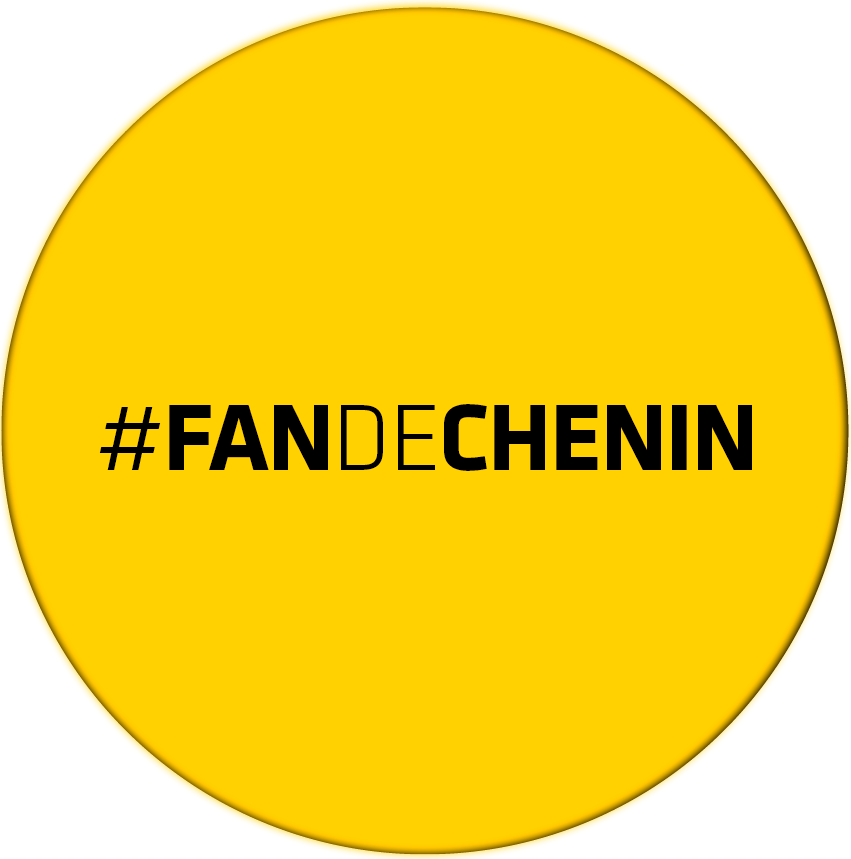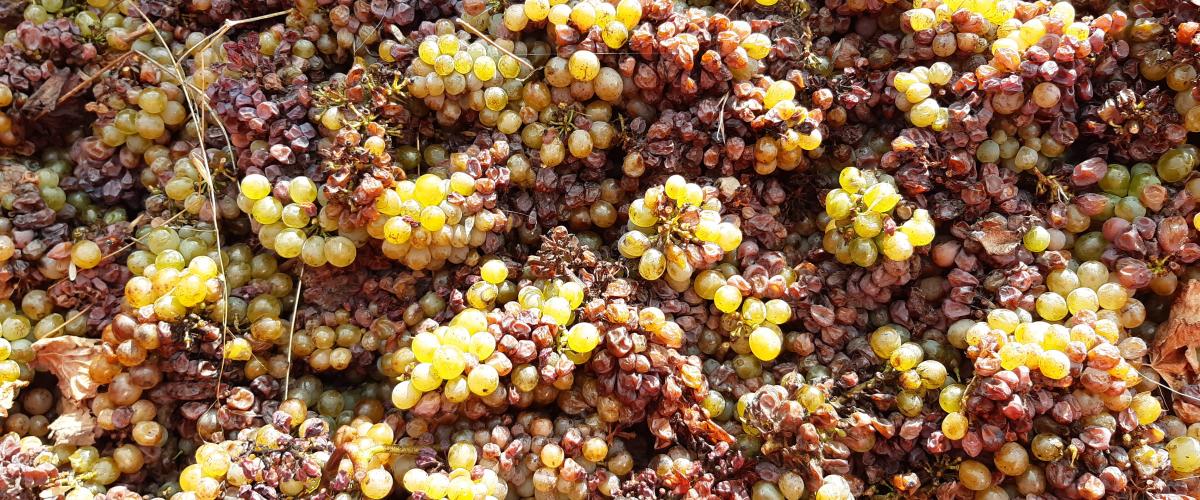Anjou Coteaux de la Loire
Contacts
Conducive soil and climate
Integral part of Black Anjou, the aera spreads out onto the south Est of Massif Armoricain with dark and deep soils. This define soil matches/corresponds with some well exposed and ventilated hills. that boots the early vegetation and allowing the gaining of overly ripe harvests The define soil Hills are highly exposed to the sun and well ventilated which permitted the plant’s early ripening and overmatured harvests.
The History of the Anjou Coteaux de la Loire
If the history of Anjou vineyard dates back from the IX century, the precise reference/mention of <vineyard Coteaux de la Loire > appeared for the first time in 1749 in the <Traite sur la nature et la culture de la vigne > from Mr Bidet & Mr Duhamal de Monceau
A memory in the Council of State, concerning administratives measures set up in 1804 tells us that this region only produces white wines. This memory also mentions that, at that time, Belgium was fond of the « Coteaux de la Loire » 38 years later, in 1842, Mr Auguste Petit-Lafitte mentioned that « the Chenin Blanc was the origin of these wines ».
The Anjou Coteaux de la Loire
With its yellow appearance and green reflection, Anjou Coteaux de la Loire has an attractive and subtle nose and offers some exotic aromas
Exceptional wine and food pairings
Ideal for an aperitif with some « Bouchées à la Reine » or with fish served with a creamy sauce
Figures
Annual production: 800 hl for 30 ha which make around 106 660 bottles a year
Annual yield: 35 hl/ha
10 producers

